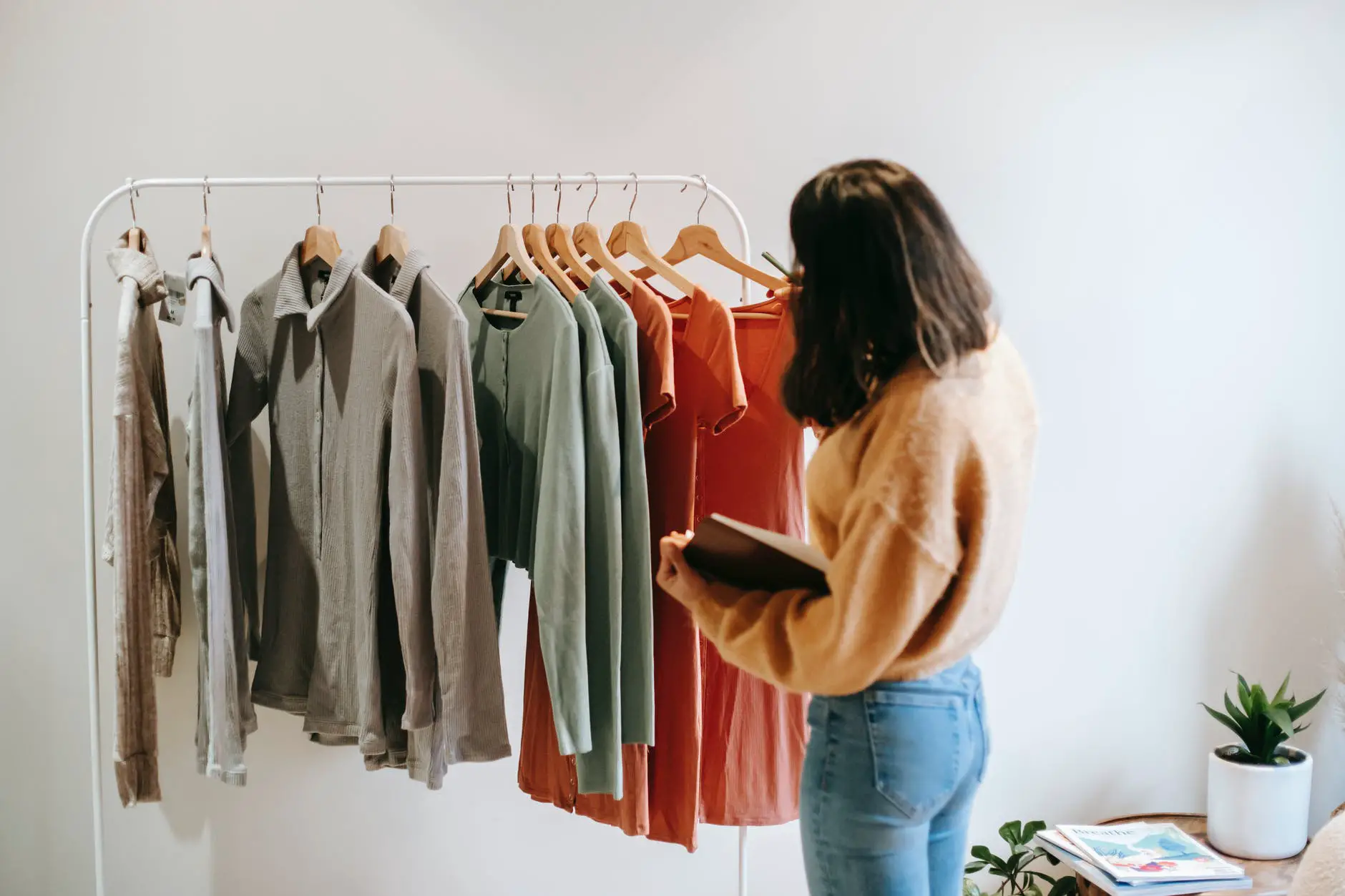What Should I Wear for My Self-Tape?
Here’s a guide to help you make the right wardrobe decisions
(By Ray Reese)
Your clothing choices can subtly communicate a lot about the character you’re auditioning for, so it’s worth spending a few minutes deciding what would be most effective. Here’s a guide to help you make the right wardrobe decisions for your self-tape.
Dress Simply but Purposefully
Your clothing should not distract from your performance. Avoid busy patterns, bright logos, or flashy accessories that can draw attention away from your face and emotions. Instead, go for solid colors that complement your skin tone. Soft blues, greens, and earth tones generally work well on camera and make you look polished without being overwhelming.
Why?
Solid colors keep the focus on you and help your facial expressions and body language stand out. Simple clothing choices project a professional image, showing that you’re serious about the audition.
Hint at the Character Without Overdoing It
You don’t have to go full costume, but subtly hinting at the character’s style can help casting directors see you in the role. For example, if you’re auditioning for a lawyer, wear something like a tailored blazer. For a casual or “free-spirited” character, a relaxed, slightly bohemian top could work.
Why?
This approach helps casting teams imagine you as the character without feeling like you’re overacting. Too much costume can feel like an exaggeration and may overshadow your actual performance.
Stick to Neutral, Non-Reflective Fabrics
Certain fabrics like satin or sequins can create glare on camera, which can distract from your performance and cause lighting issues. Instead, opt for cotton, linen, or other matte-finish fabrics that will look good under any lighting setup. Avoid shiny, reflective materials, as they can draw unwanted attention and make you look washed out or overly bright.
Why?
Non-reflective fabrics keep your appearance consistent and help the camera pick up on your facial features more effectively. Matte fabrics prevent any unintended shine that might make your self-tape look unprofessional.
Avoid White and Black as Primary Colors
While white and black might seem like classic choices, they’re usually not ideal for self-tapes. White can wash out your skin tone, especially under bright lighting, while black can make your features look too harsh or create shadows. If you want to use these colors, try using them sparingly—for example, wearing a black jacket over a colored shirt.
Why?
Colors like blue, green, and brown tend to be more flattering on most people, and they work better under various lighting conditions. These tones help bring out your natural features and give the casting directors a clear view of your appearance and expressions.
Ensure a Comfortable Fit
It’s crucial to feel comfortable in whatever you’re wearing. If you’re constantly adjusting your outfit or it feels too tight, it may affect your performance. Wear something you can move in freely, especially if the role requires any physical movement.
Why?
Feeling comfortable allows you to stay focused on your lines and performance instead of worrying about your clothing. A well-fitted outfit gives you the confidence to perform without distractions.
Minimize Accessories
Accessories should be minimal unless the role specifically calls for them. Large earrings, big necklaces, or jangly bracelets can distract from your performance and make noise that could interfere with your audio. If you feel that a piece of jewelry or accessory adds a small hint to the character, make sure it’s subtle and won’t catch too much attention.
Why?
The focus should be on your acting, not your accessories. Clean, simple, and minimal accessories ensure that nothing takes away from your expressions, which are key to a strong self-tape.
Prioritize Your Character’s Age, Profession, and Style
Dress in a way that subtly implies the character’s lifestyle and personality. If your character is a laid-back college student, consider wearing something casual like a simple tee and jeans. For a more serious, older character, try a button-down shirt or something more structured.
Why?
Your outfit can serve as a powerful tool for establishing your character’s backstory. This approach also helps the casting team envision you in the role without you having to over-perform or use other props.
Consider Your Background
Choose clothing that contrasts well with your background. If you’re filming against a plain blue or white wall, avoid wearing similar shades, as they can cause you to blend in. Instead, choose colors that create a gentle contrast, allowing you to stand out without overpowering the frame.
Why?
A good contrast helps you stand out and keeps the focus on you rather than on the background. If you’re not sure what will work best, do a quick test on camera to see how it looks.
In Summary
- Choose simple, solid colors.
- Hint at the character without using a full costume.
- Stick to matte, non-reflective fabrics.
- Avoid all-black or all-white outfits.
- Wear something comfortable.
- Keep accessories minimal.
- Dress according to the character’s lifestyle and personality.
- Ensure good contrast with your background.




